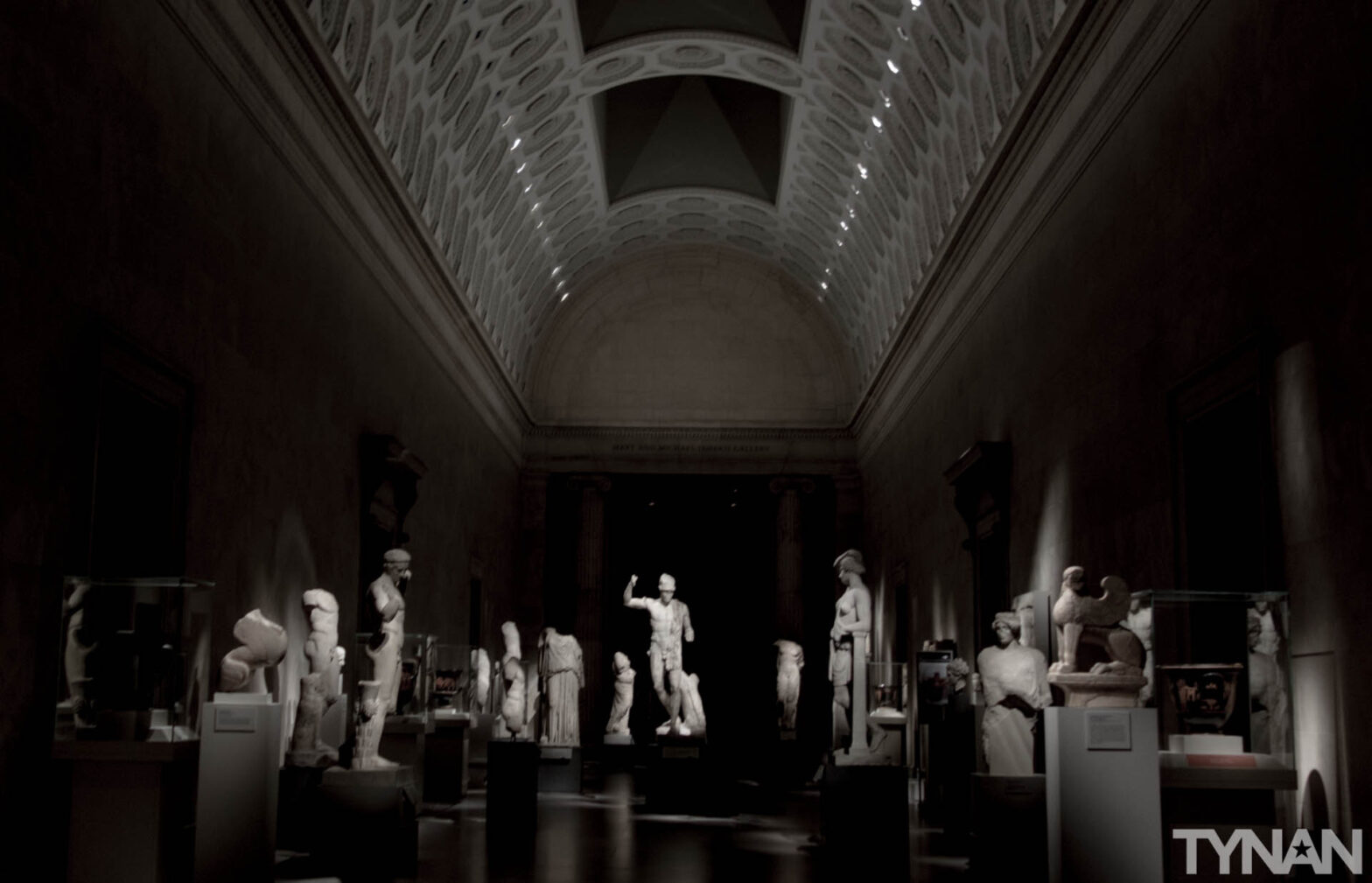I must be in an art sort of mood. I went to the Museum of Fine Arts in Boston before Christmas, and then went to the Met and Museum of Modern Art in New York after New Years. Today I even skimmed a book on drawing, but gave up after discovering the first exercise in the book wasn’t enough to transform me into Picasso. Cutting out my five minute foray into fine art, here are a couple art things that might be interesting to you:
Hack the Met Tour
My friend Nick Gray has a goal of becoming the best Met tour guide in the world. I think he’s already there– I’ve been on two of his tours so far and can’t wait to go again. He’s not an official tour guide. In fact, he’s as unofficial as it gets. He’s been kicked out before and has to now avoid certain areas of the Met. What’s cool about his tours is that although they reflect his love for the Met and the art contained within it, they’re irreverent and down to earth. You’re as likely to hear about how a piece was conceived as you are to hear about how he might steal it. The highlight was his trick to get to wander around the Met after it’s closed, as seen in the top photo here.
His tour is free and runs twice a week on most weekends, but has limited space. If you want to go, contact him through his site or just wander around the Met and try to crash the tour. He’s usually pretty open to those things.
The Art Industry
We went on a tour of the Moma with a girl who manages a very large private art collection. I found this really interesting, so I bombarded her with all sorts of questions, which grew more cynical as we progressed from older art to really new art.
You know how you go to an art museum and some of the pieces are just crap? Sometimes it turns out the painting is by Rothko, and you just know nothing about art (happened to me a lot), but other times it actually IS crap. We saw a piece that was a small wooden staircase with a carpet running up the middle. I couldn’t imagine how such a thing could make it into the Museum of Modern Art. How did it happen?
Well, what happens is that there are individuals with huge private collections of art. Some of it is really premium stuff, and other stuff isn’t so premium. If it’s known that they have great pieces, anything they offer on loan will be accepted. Anything. If the museum refuses the loan, they risk alienating the collector and not getting any better pieces loaned. It’s like a ladder: take this crappy piece, then an okay piece, and eventually you get a Degas, and maybe even a bequest in the will.
If you own crappy art, it’s massively to your benefit to get it shown in the museum. What’s the market value for a small staircase with a rug on it? Probably not much. How about if you can prove that it was displayed for a couple months in the MoMA? A whole lot more. So the museum gets to work up the collector’s ladder, the collector can increase the value of his holdings, and the visitors get confused.
I was also surprised to hear that fake works are fairly common in museums. Newer works are easier to authenticate, but old pieces are much much harder. Museums do the best they can, but in a large collection there are bound to be some fakes. There are also grey areas, like works done by Rembrandt’s studio being sold as genuine Rembrandts because he put his signature on them. It could be argued that they’re authentic even though he didn’t paint them, but there’s a difference between that and a painting he did himself, and after so many years, it’s hard to know for sure which pieces are which.
Did you know that many very famous works have many copies made of them? I was at the Legion of Honor Museum in San Francisco some months ago and saw a painting by Monet of the Venice Canals. Then a couple weeks ago I saw an identical painting at the MFA in Boston. It turned out that it wasn’t exactly the same, but was the exact same setting painted by Money in the exact same style. You know Munch’s famous painting, The Scream? There are four of those, plus some amount of stone lithographs.
I also learned that the Warhol market crashed. It used to be that the Warhol Foundation released around twenty works per year to the open market. No one knew how many they had in reserve. Within the past year they decided to stop doing that and put everything on the market. How many do they have left? Twenty thousand. So if you want to buy a Warhol— now might be the time.
Even if, like me, you don’t consider yourself to be someone who really understands or appreciates art, consider going to a museum near you. It’s interesting to see which pieces you like and don’t like, and to put your face six inches away from a painting worth tens of millions and think about the mastery that went into it.
###
I had an awesome time in Boston / NJ / NY, but it feels great to be back in my RV doing my routine everyday.
The first batch of SETT invites will go out this month!

Leave a Reply